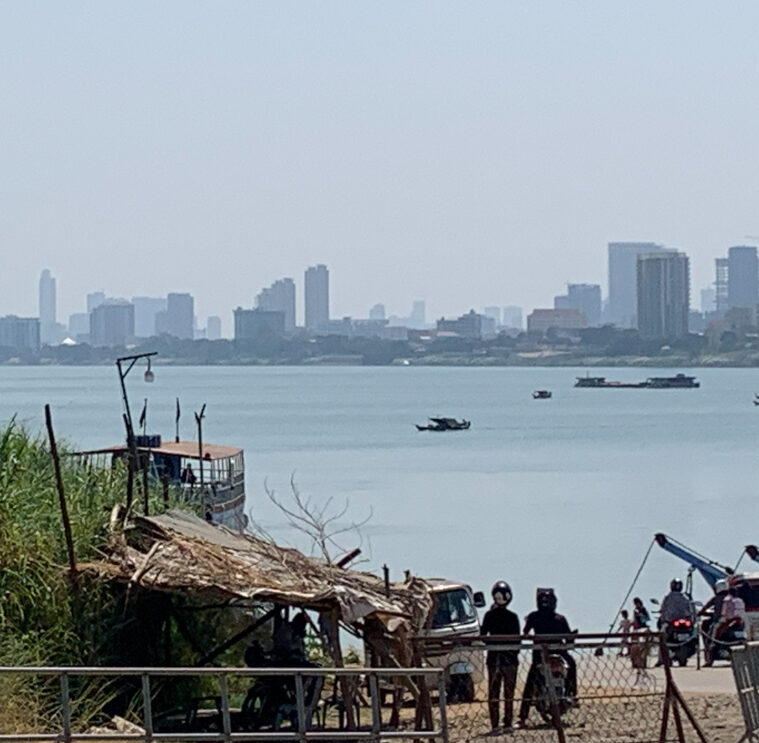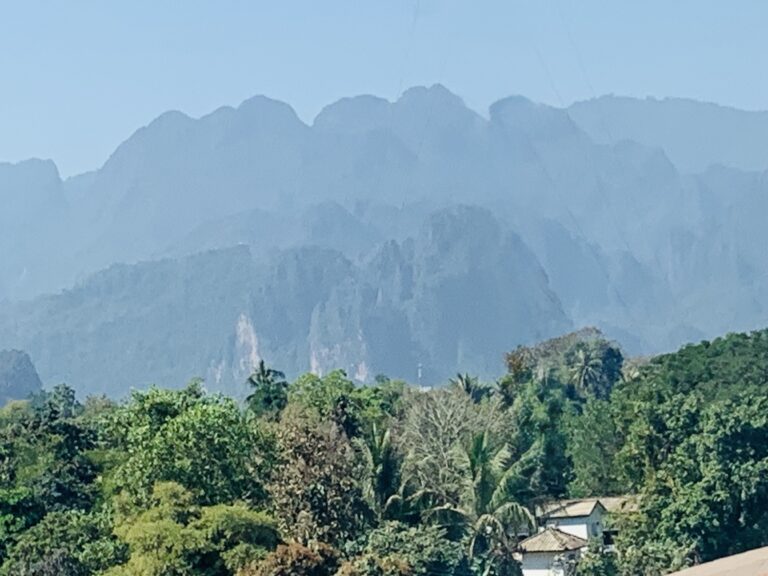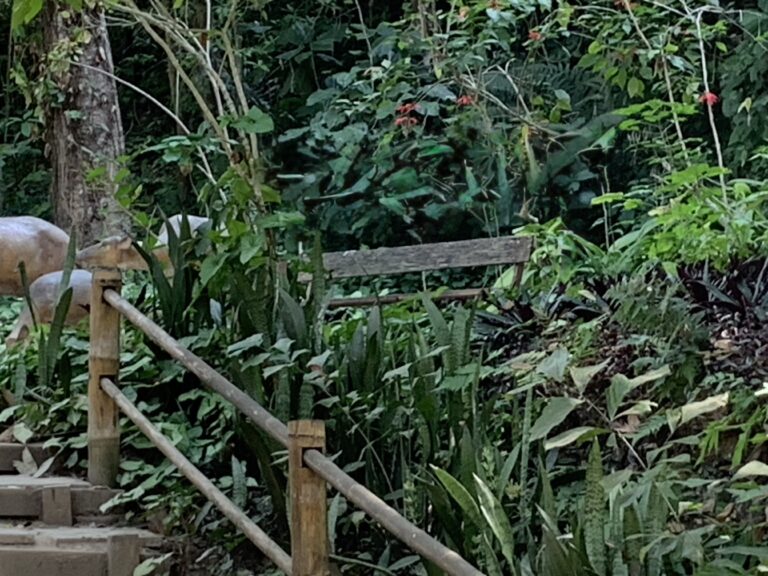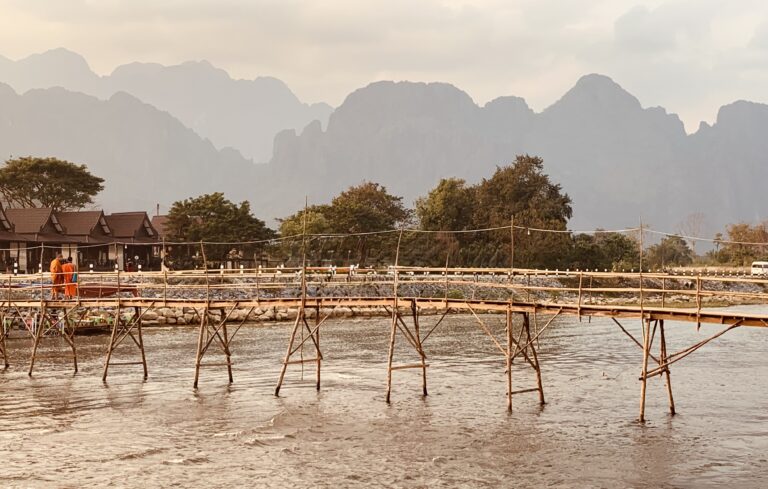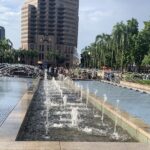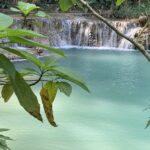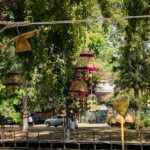(Before reading this story, to provide context, I suggest you read Phnom Penh-City Tour ).
Silk Island is locally known as Koch Dach
Early the following day, Sorya picked us up in his Tuk Tuk. We traveled for 10 minutes across the Mekong via a small but sturdy ferry loaded with all sorts of traffic.
The first thing I noticed upon arrival on the island was the peace and quiet. Koch Dach is very rural and that took me by surprise. Being in the middle of a major Southeast Asian city, I expected more traffic, more people, and more hustle and bustle. But no.
We were greeted by little farms fringed with small open-front stores, chooks roaming and pecking in the dust and little children riding their bicycles. Leafy trees shaded the dusty roads. We passed many beautifully tended crop paddocks and small vehicle and motorbikes transporting local goods along these roads. Everyone traveling at a leisurely pace.
Arriving at the first of two silk farms we visited, we were warmly greeted by half a dozen women of the village. The incredibly talented silk weavers.
They gladly demonstrated their methods, the looms, the silk threads and the dyes used to colour their beautiful fabrics. All the silkworms are “farmed” locally and from what we saw, these little worms were plentiful.
Treated to a full hour of their hospitality and (translated) talks about their weaving and the meaning of each piece produced for tourists such as us, we departed, loaded with silk goodies and hugs all around, for the second silk farm further into the countryside.
This family-run farm exists amongst a restful food garden, surrounded by lush trees. The silk rooms, weaving, looming, dying sheds and shop were built alongside the fruit trees and herb laden-garden.
There was even a resident peacock vainly displaying, at every opportunity, his iridescent tail feathers to my partner. We all enjoyed a laugh at the bird’s overt overtures.
Our guide was a lovely middle-aged man who walked with a limp. He explained the life cycle of the silk worm, the food they feed them and how they use the silk produced straight from the worm. Farming of these worms provides a necessary, ongoing, seemingly endless supply of the silk required to ensure the survival of these incredibly successful cottage industries.
While our guide was showing us the process of the worms life cycle he also disclosed why he limps.
A landmine had blown his leg off. It was a humbling moment to hear his story first hand, realizing there are countless devastations’ suffered as a result of the atrocities wrought on the people of Phnom Penh and throughout Cambodia, particularly during the Pol Pot era.
Continuing to talk about these adversities, we strolled through to the shop.
We appreciated being shown gorgeous burnt hues of coloured silks: scarves, tablecloths, wraps, and many other items. We bought a few carefully chosen gifts to take home and left, waving, smiling, and feeling as if we had been treated to one of the more interesting tourist attractions in Phnom Penh.
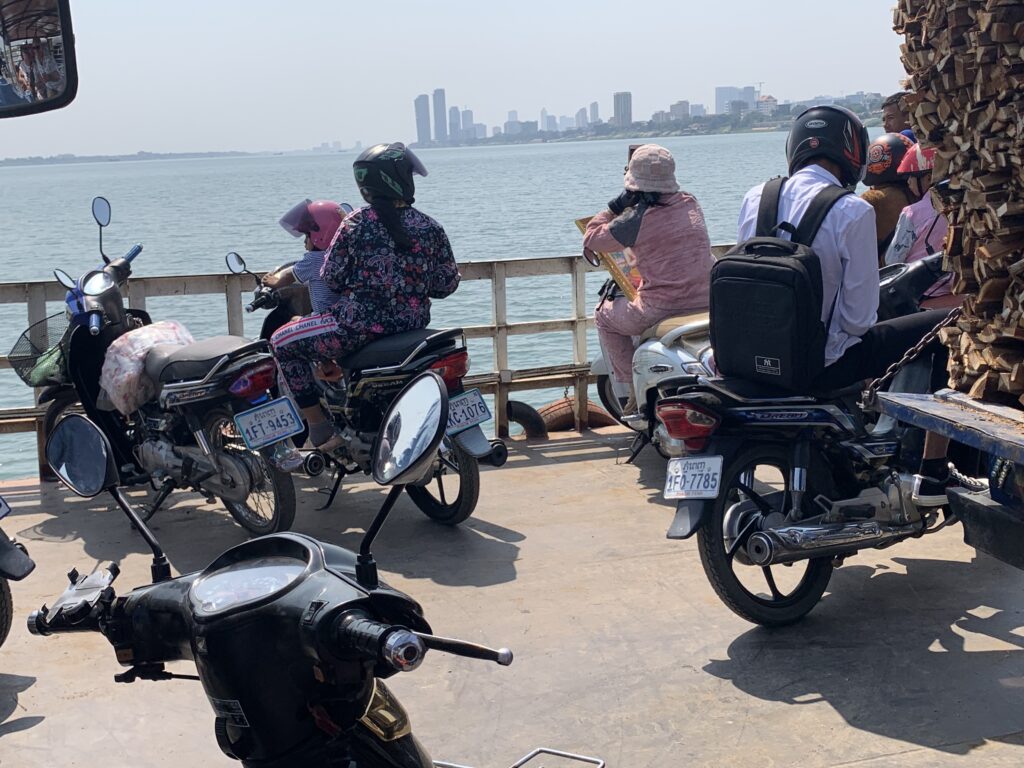
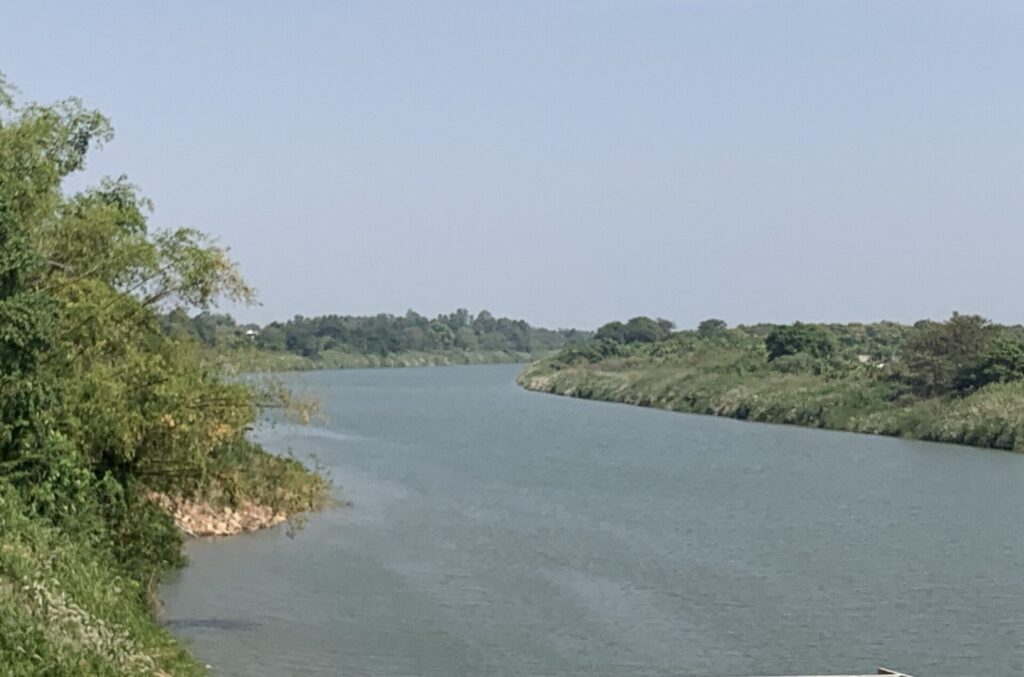
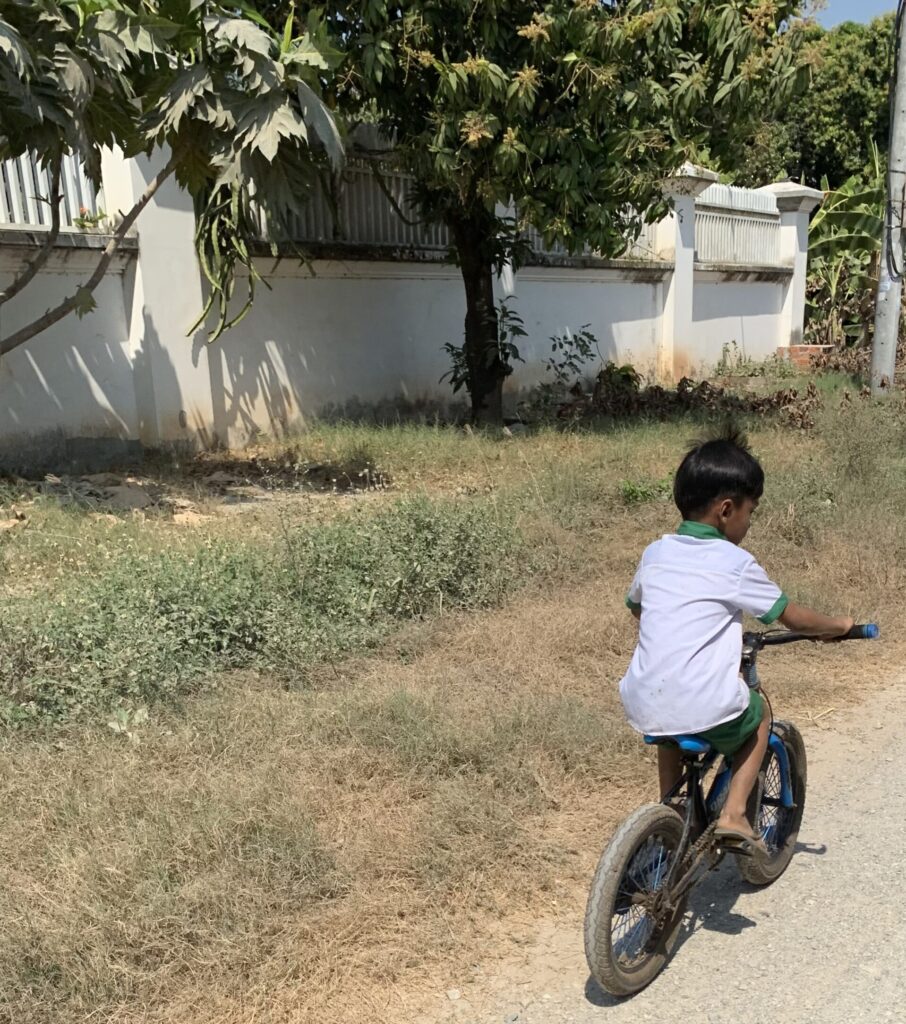
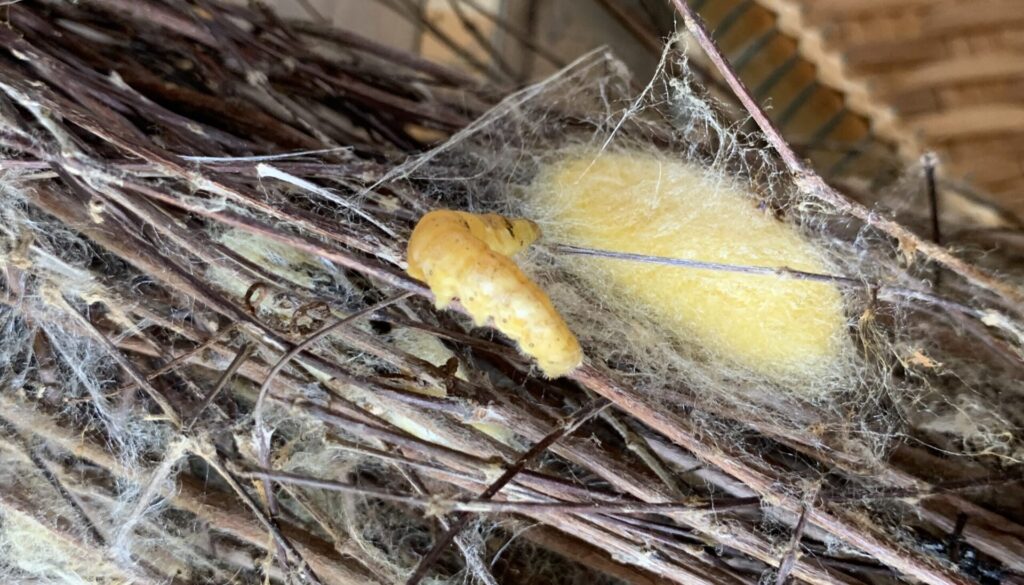
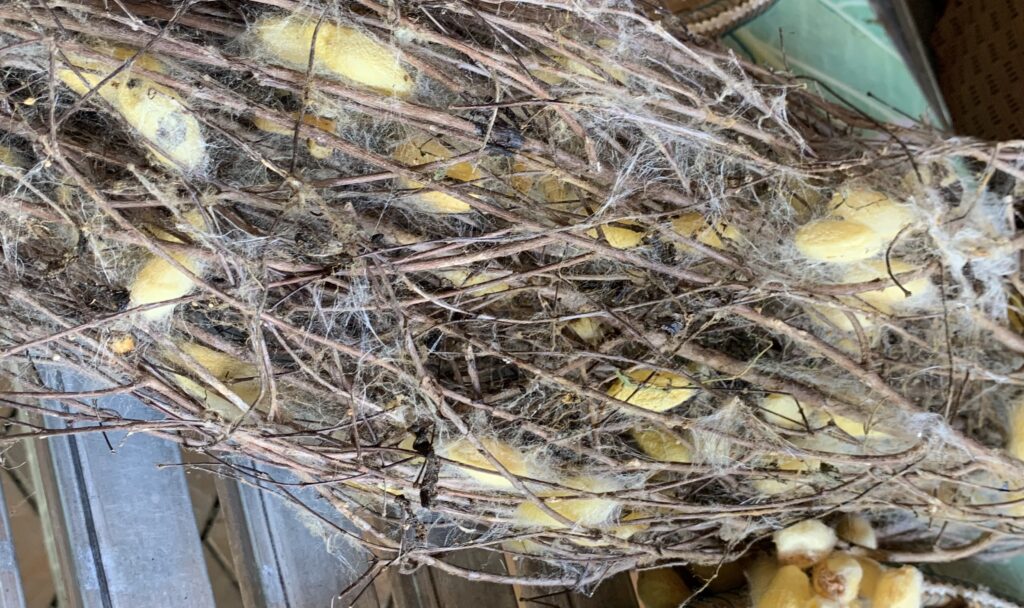
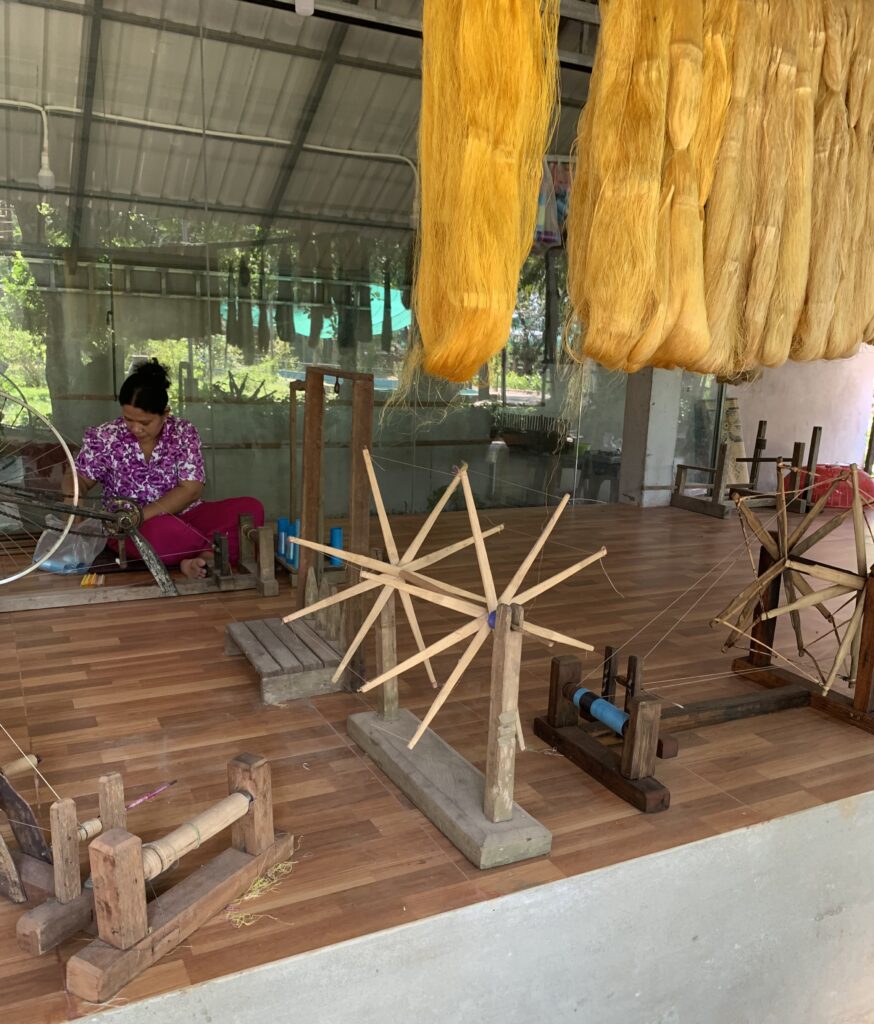
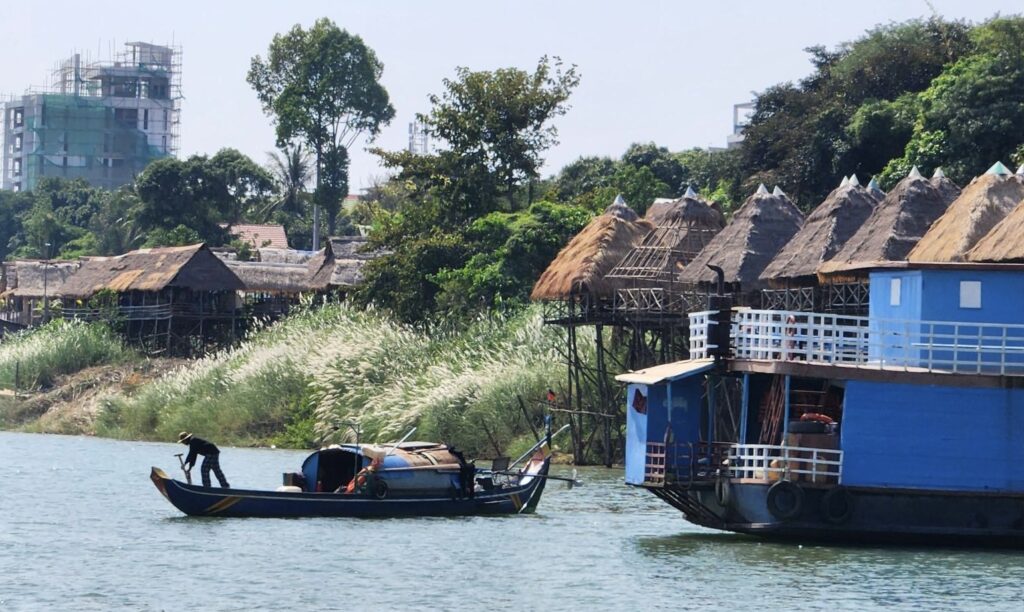
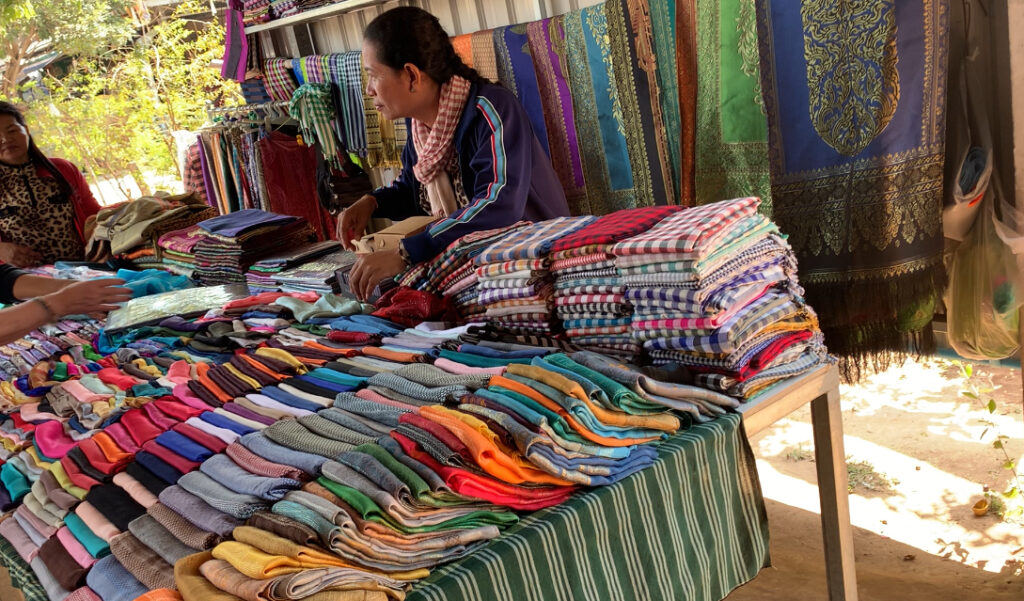
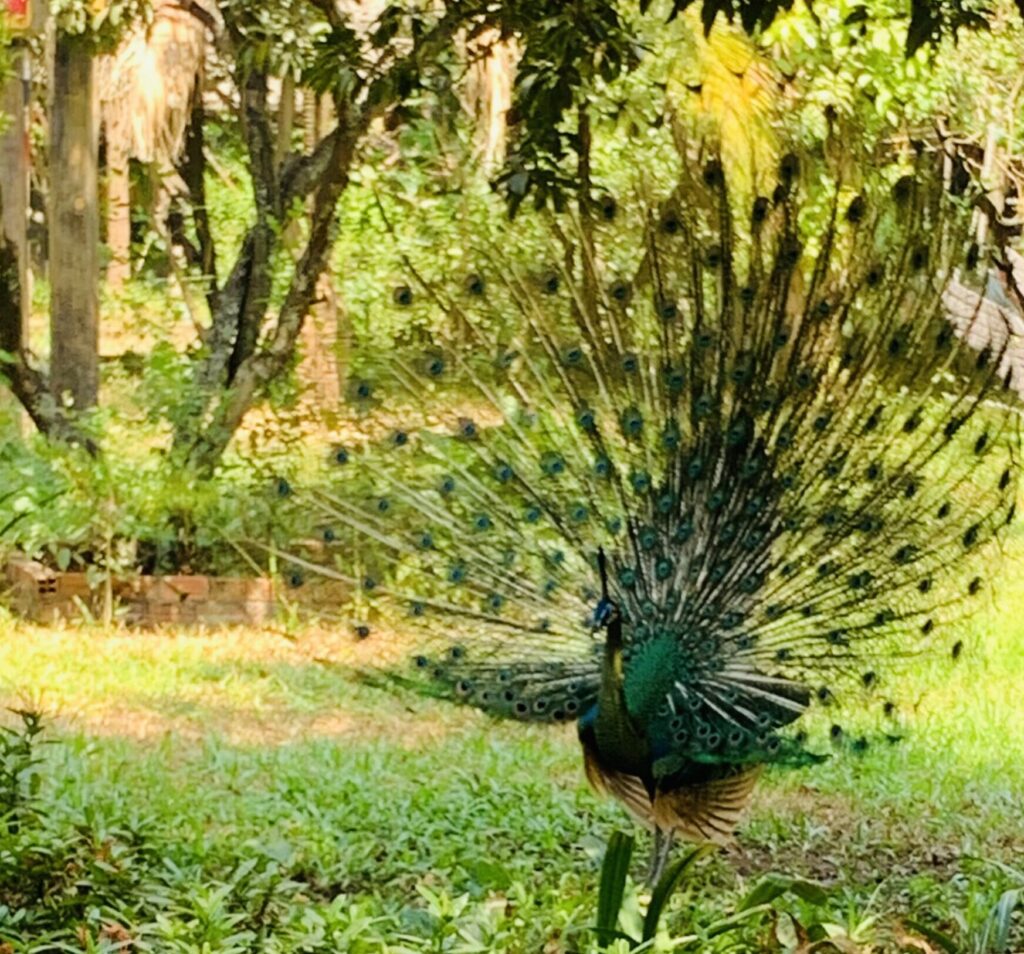
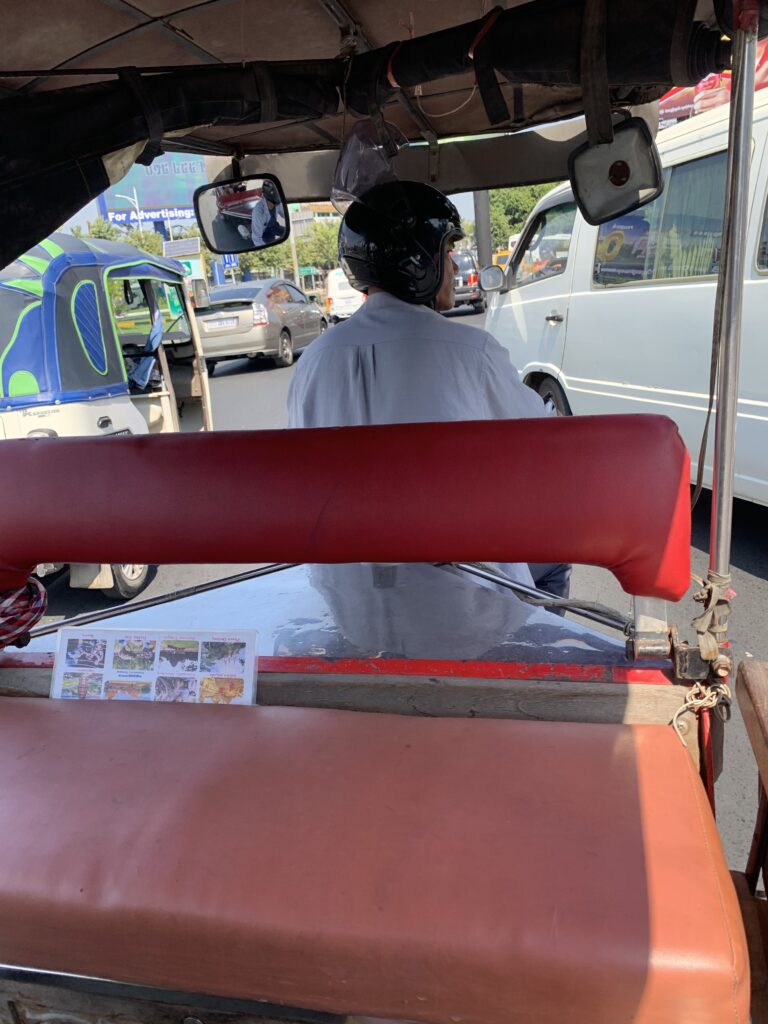
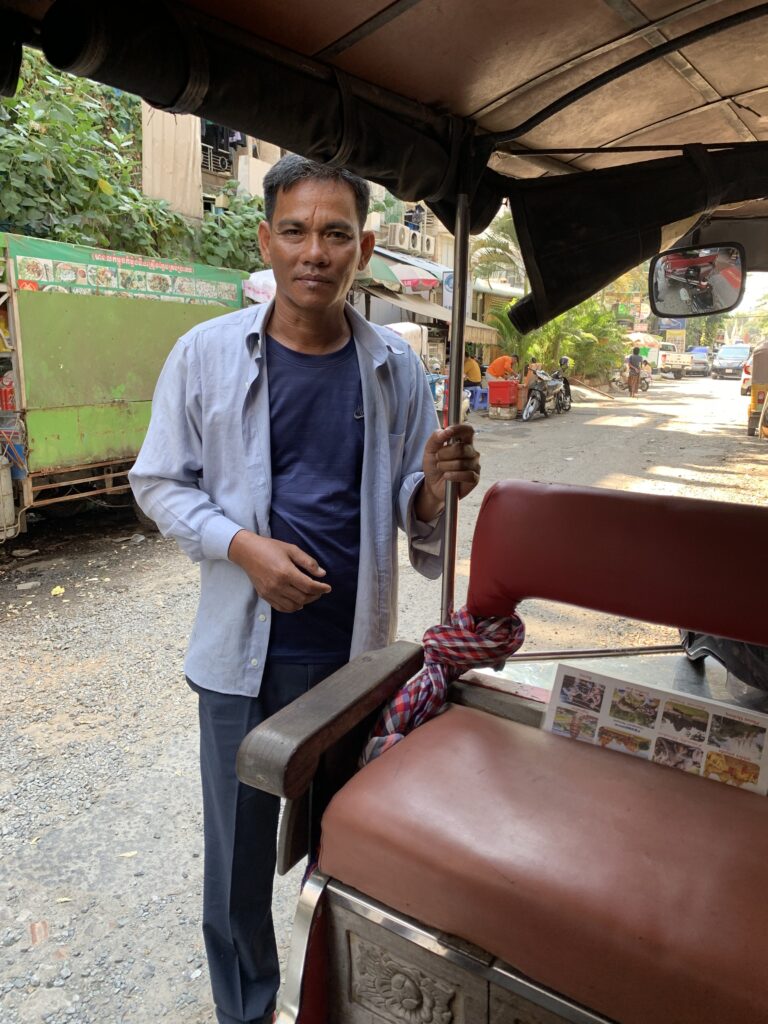
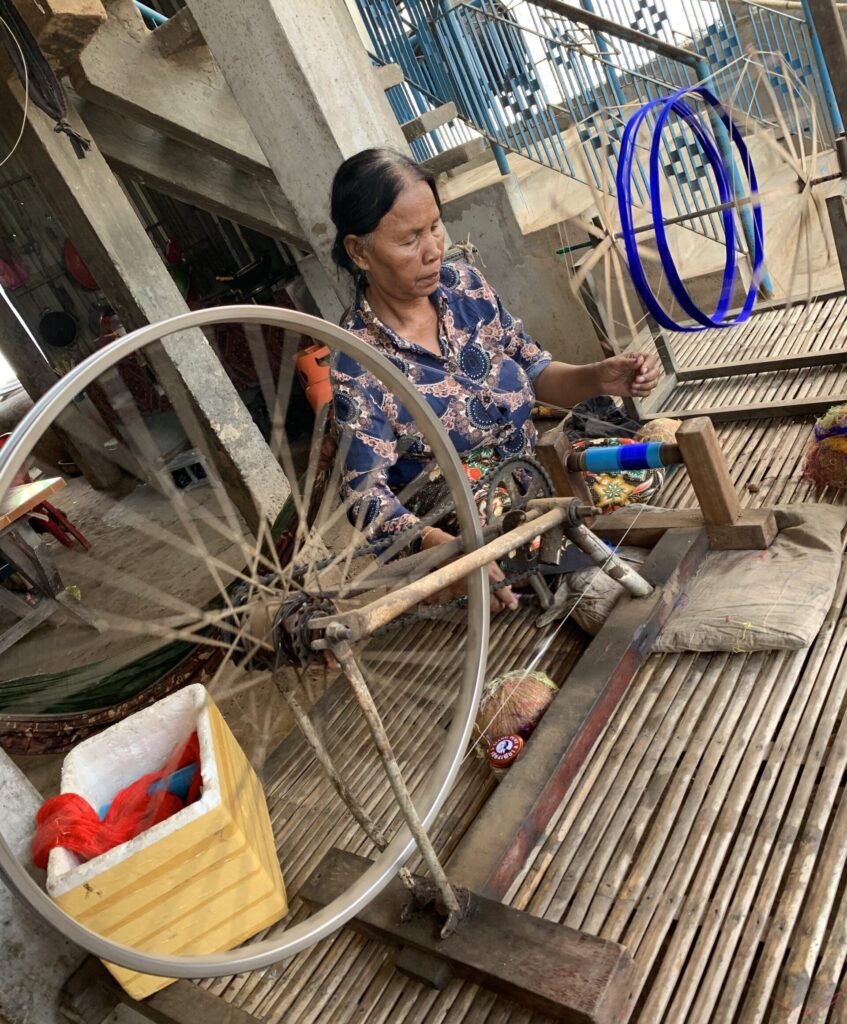
MTR Tip: Always tip your Tuk Tuk driver if they do well. They work so hard and earn so little and they’ll remember you for next time.
If you would like more information on Silk Island Phnom Penh, please contact janeco@mytravelroom.co.nz
